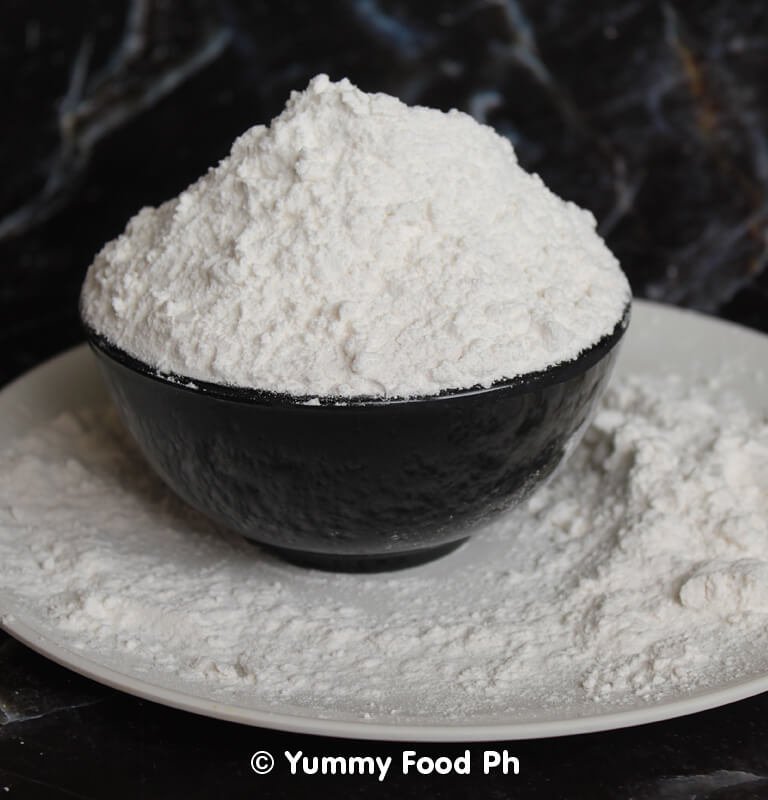The Versatile Wonder of Cornstarch: From Kitchen Staple to Industrial Powerhouse
Cornstarch, derived from the endosperm of corn kernels, is one of the most versatile and widely used ingredients across multiple industries. This fine, white powder is produced through a meticulous process where corn kernels are steeped, ground, and separated to extract the pure starch from the endosperm. The result is an odorless, tasteless powder with remarkable properties that make it indispensable in culinary applications, manufacturing, and even personal care products.
Production and Characteristics
Cornstarch begins its journey as part of the corn kernel’s endosperm—the starchy energy reserve that nourishes the growing plant. Through industrial processing, the kernels are soaked, milled, and centrifuged to isolate the starch, which is then dried into a fine, silky powder. Unlike flour, kȯrn-ˌstärch is nearly pure starch, containing minimal protein or fat, which gives it unique thickening capabilities without altering flavor. Its neutral taste and smooth texture make it ideal for applications where clarity and consistency are key.
Culinary Uses: The Ultimate Thickening Agent
In the kitchen, kȯrn-ˌstärch is a chef’s secret weapon for achieving perfect textures in both sweet and savory dishes. When heated with liquid, its starch molecules swell and gelatinize, creating a thick, glossy consistency it is very useful in the world or cooking. Here’s how it transforms cooking:
- Sauces & Gravies: A slurry of kȯrn-ˌstärch and water can thicken sauces without clumping, making it essential for silky stir-fry sauces, gravy, and pie fillings.
- Baking: It lightens the texture of cakes and cookies by inhibiting gluten formation, resulting in tender, delicate crumb structures.
- Frying: Used in batters or as a coating, it delivers an ultra-crispy exterior on fried chicken, tempura, or tofu.
- Desserts: Key in puddings, custards, and fruit glazes for a smooth, velvety finish.
Pro Tip: For best results, always mix kȯrn-ˌstärch with cold liquid before adding to hot mixtures to prevent lumps!
Beyond the Kitchen: Industrial & Commercial Applications
Cornstarch’s binding and stabilizing properties extend far beyond food. It plays a crucial role in:
- Paper Manufacturing: Strengthens paper products and improves printability.
- Textiles: Used as a stiffening agent for fabrics and threads.
- Adhesives: A base for eco-friendly glues in cardboard and packaging.
- Pharmaceuticals: Acts as a binder in tablets and a disintegrant in capsules.
- Cosmetics: Found in powders, creams, and dry shampoos for its moisture-absorbing qualities.
Sustainability & Innovations
As industries shift toward biodegradable solutions, kȯrn-ˌstärch has emerged as a sustainable alternative to synthetic materials. It’s used in:
- Biodegradable Plastics: Compostable packaging and utensils.
- Eco-Friendly Products: From dissolvable packing peanuts to natural detergents.
Health & Dietary Considerations
While cornstarch is gluten-free and safe for most diets, its high glycemic index means moderation is key. Newer innovations, like resistant kȯrn-ˌstärch, offer digestive benefits by acting as a prebiotic fiber.
Final Thought: Cornstarch is a quiet powerhouse—unassuming in appearance but revolutionary in function. Whether perfecting a sauce, binding a pill, or reducing plastic waste, its applications are as diverse as they are essential.
Have you experimented with cornstarch in unexpected ways? Share your creative uses below! 🌽✨
Visit us on YouTube: Yummy Food PH

